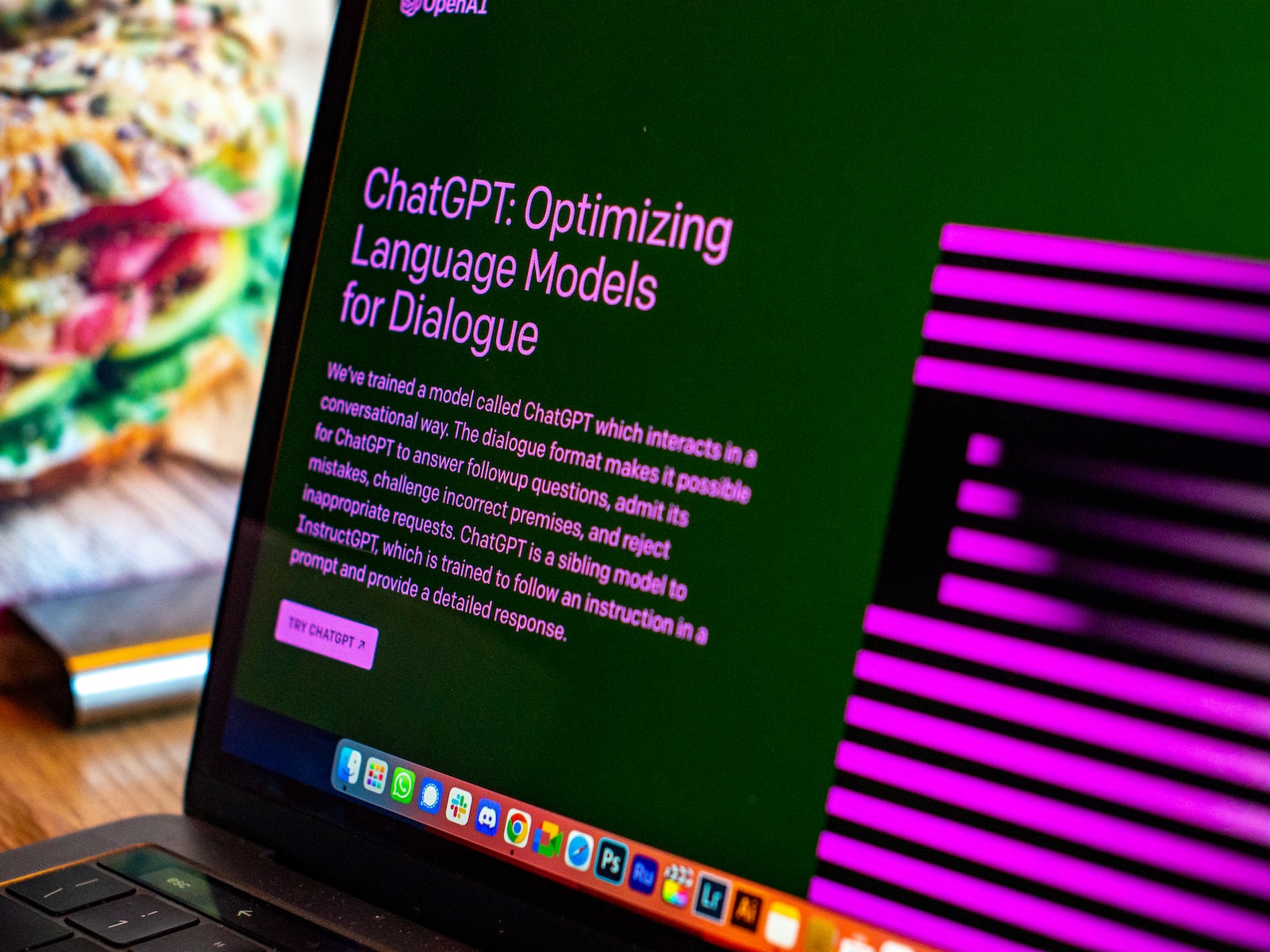When GPT-3 launched in the open market as a successor to GPT-2 in 2020, it put a lot of people on their toes about what such technology could achieve. GPT-3 when prompted can answer queries across a wide range of issues, from evolution to history to technology and even religion. And if you know the right prompts to use, GPT-3 can generate creative content even humour-based content. What blew my mind was that the AI language model responds to messages in a human-like way.
But all that rave died down when its successor GPT-4 launched into the tech space on March 14, 2023. I saw reports of some of the things some people used the AI model, GPT-4 to achieve within 24 hours of its release and yes it is mind-blowing. Here are a few of those:







In case you don’t know what GPT-4 is, you can head on to Wikipedia or visit the OpenAI website to find out.
So what does GPT-4 mean for creatives?
Generating creative content
When GPT-3 launched, I personally tried my hands on it to work out video scripts for video content. What would have taken me a number of hours to generate, GPT-3 completed within a few seconds. But with GPT-4 being made to be “more reliable, creative and able to handle much more nuanced instructions“, it means it becomes a very useful tool for designers, marketers, and video editors who need to create large amounts of content quickly.
Assisting in design decision-making
Creatives like designers and programmers will agree that the majority of design work is in decision-making. The amount of time it takes during pre-production or pre-development most times takes a chunk of time than the actual work itself. With GPT-4, it could potentially be used to analyse large amounts of data and provide insights and recommendations to designers, marketers, and project managers. This could help teams make informed decisions about design choices and marketing strategies. While it has been said the AI language model may occasionally generate incorrect information, with the continued development of new and more advanced training methods, GPT-4 may be able to learn from even larger and more diverse datasets, leading to more accurate and comprehensive results.

Automation and efficiency
GPT-4 could be used to automate certain tasks and workflows, allowing creatives to focus on higher-level tasks that require more creativity and human input. For example, GPT-4 could be used to automatically generate certain design elements or video transitions. GPT-4 could potentially be used to automate other repetitive tasks such as transcribing audio or video, generating social media posts, or creating product descriptions. This frees up time for the creative team to focus on more complex and creative tasks. GPT-4 may enable new applications in various fields, such as natural language processing, machine translation, chatbots, and more.
What other ways do you think GPT-4 can be of use to creatives? I can’t wait to read your submissions.

